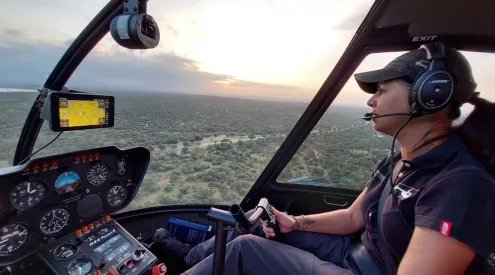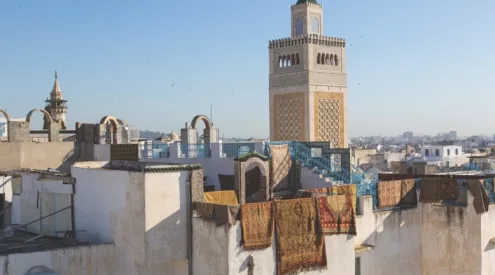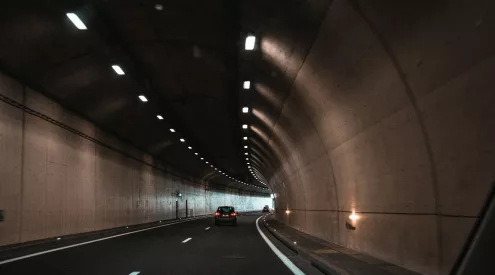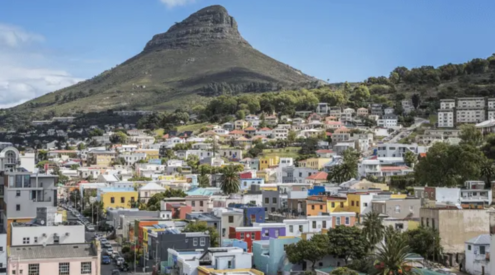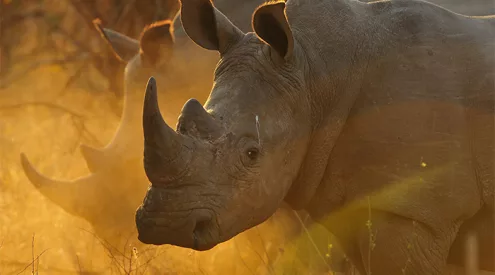Hiking Mount Everest is an aspiration for any climbing fanatic, and the ultimate mountaineering experience.
The recent spate of deaths and number of missing persons have bumped Everest’s death toll up quite significantly, and the Nepal Department of Tourism has offered a response on the spike in deaths.

Overcrowding and long queues of climbers have become a common sight on the mountain, and more novice climbers can find themselves caught behind their experienced adventurous counterparts in an Everest traffic jam, for a sometimes dangerously long time. One man died from exhaustion after waiting for 12 hours in a queue up the mountain. The month of May has seen the highest records of hopeful climbers.
Most recently, however, a Irish climber died in his tent last Friday, as well as his fellow countryman who is presumed dead after a dangerous fall.
According to the tourism board, 381 climbers ascended Everest in the springtime. Director general Danduraj Ghimire told BBC News that inclement weather is largely responsible for delays on the route, which contributes to overcrowding on the mountain. However, many feel that the route is simply overpopulated, and that the numbers of climbers should be curbed.
Just this week, a veteran Everest sherpa, Kami Rita (aged 49) climbed Everest twice in one week – an extraordinary feat, but a scarily telling statistic about the hordes on the mountain and the often destitute sherpas who risk their lives for them to help them reach the summit. ‘Mountaineering in the Himalayas is in itself an adventurous, complex and sensitive issue requiring full awareness, yet tragic accidents are unavoidable,’ Rita said.
It’s not just the increasing death toll, but the damage the climbing throngs inflict on the mountain, that is a major issue on Everest. The part of Everest that lies on the Chinese side closed entry to its base camp for a period to allow for a litter clean-up of rubbish strewn around by climbers. The issue of human faecal waste is also a major problem not many are aware of. The Chinese Mountaineering Society now advises that mountaineers carry their own faecal waste up and down the Everest.
Image via @NimsPurja of Project Possible







